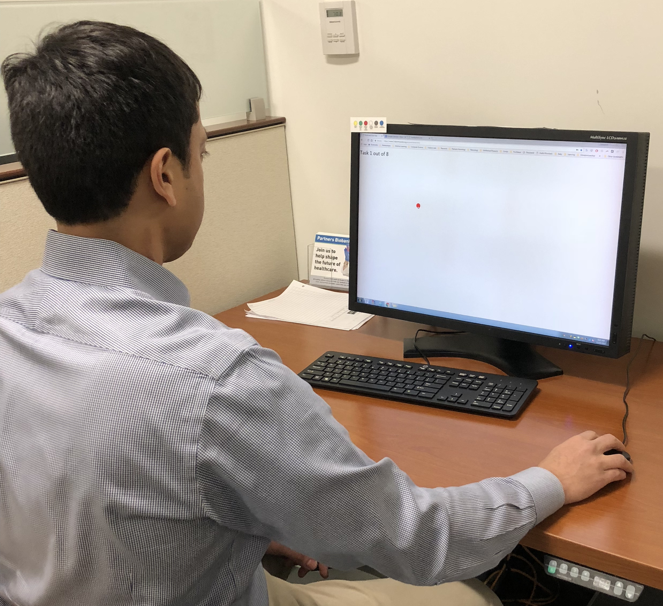 Background:
Background:Objective assessments of movement impairment are needed to support clinical trials and facilitate diagnosis. The objective of the current study was to determine if a rapid web‐based computer mouse test (Hevelius) could detect and accurately measure ataxia and parkinsonism.
Methods:
Ninety‐five ataxia, 46 parkinsonism, and 29 control participants and 229,017 online participants completed Hevelius. We trained machine‐learning models on age‐normalized Hevelius features to (1) measure severity and disease progression and (2) distinguish phenotypes from controls and from each other.
Results:
Regression model estimates correlated strongly with clinical scores (from r = 0.66 for UPDRS dominant arm total to r = 0.83 for the Brief Ataxia Rating Scale). A disease change model identified ataxia progression with high sensitivity. Classification models distinguished ataxia or parkinsonism from healthy controls with high sensitivity (≥0.91) and specificity (≥0.90).
Conclusions:
Hevelius produces a granular and accurate motor assessment in a few minutes of mouse use and may be useful as an outcome measure and screening tool.
